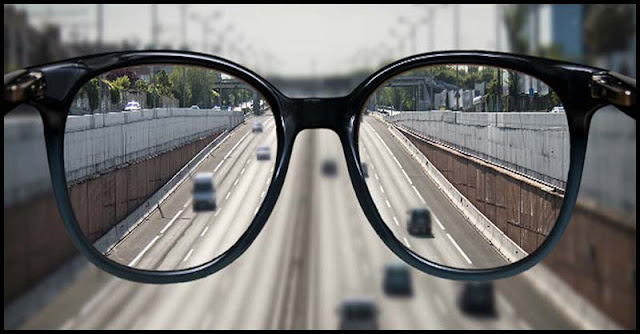Good eyesight is always essential. It plays an important role in reading menus and street signs, sending and reading texts and emails, or in driving safely day and night. Furthermore, it can also reflect a person’s mood, health, and well-being. By simply looking into a person’s eyes, we can sometimes notice if he is under-the-weather or not.
Since our eyesight is involved in almost every activity we carry out, it’s necessary to have a correct vision in order to lead a life of quality.
According to the World Health Organization, through prevention and treatment, almost 80% of blindness and serious visual loss around the world can be avoided. You can identify problems early and prevent loss of eyesight if you will have your eyes tested for vision and general eye health.
Many people have been suffering from some form of visual impairment which is caused by undiagnosed and untreated refractive errors like far-sightedness, astigmatism, and short-sightedness.
What is 20/20 Or Normal Vision?
Having a 20/20 vision means that you have normal vision with adequate clarity and sharpness. This reading was taken when you were asked to read the Snellen’s chart at a distance of 20 feet. This only shows that a person’s visual sharpness while standing 20 feet away from an object is what most people with normal vision has at the same distance.
What is 20/30 Vision? What Is Its Significance In Adults?
Meanwhile, a person with 20/30 vision needs to be 20 feet away from an object to view it clearly which a person with normal vision could’ve viewed at 30 feet itself.
You don’t have to worry about this. You are not alone. Many people around the world have also impaired eyesight. If you have 20/30 vision but still able to do your day-to-day activities normally, you can give glasses a pass. However, if you started to frequently experience headaches and eye strains maybe it’s time that you meet an eye specialist.
What About 20/30 Vision In Children?
When babies are born, they are usually farsighted. It’s only until they turn a year old that they are able to develop the ability to see distant objects clearly. Your child’s vision should be at least 20/40 around age 3 and 20/30 around 5 years old.
Most ophthalmologists, if they feel that the vision can be self-corrected by the eyes, may hold off glasses until your child is at least 7 or 8. Unfortunately, your child may possibly need glasses if his vision doesn’t seem to improve even after 7 years of age.
How To Prevent Vision-Related Problems?
Here are some of the practices you can follow to prevent your eyes from developing any vision problems:
- Wear the right pair of sunglasses in order to protect your eyes from the sun’s ultraviolet (UV) rays which only boosts your chances of cataracts and macular degeneration.
- Eat food rich in lutein, omega-3 fatty acids, zinc, and vitamins C and E. Fill your plate with green leafy vegetables, citrus fruits, eggs, nuts, beans, salmon and tuna.
- Quit smoking because it only increases your risk of getting cataracts, macular degeneration, damage to optic nerves, and other medical problems.
- Look Away From the Computer Screen. Staring at a computer or phone screen for too long can cause dry eyes, headaches, blurry vision, eyestrain, trouble focusing at a distance, and shoulder, neck, and back pain. Limit your kid’s screen time to not more than an hour.
- Rest your eyes every 20 minutes. Look 20 feet away for 20 seconds. Get up at least every 2 hours and take a 15-minute break.
- Make time for outdoor play or any fitness activity.
- Wear protective gear while swimming or indulging in active sports.
- Visit Your Eye Doctor Regularly to help protect your sight and let you see your best. Even young children need an eye exam.









